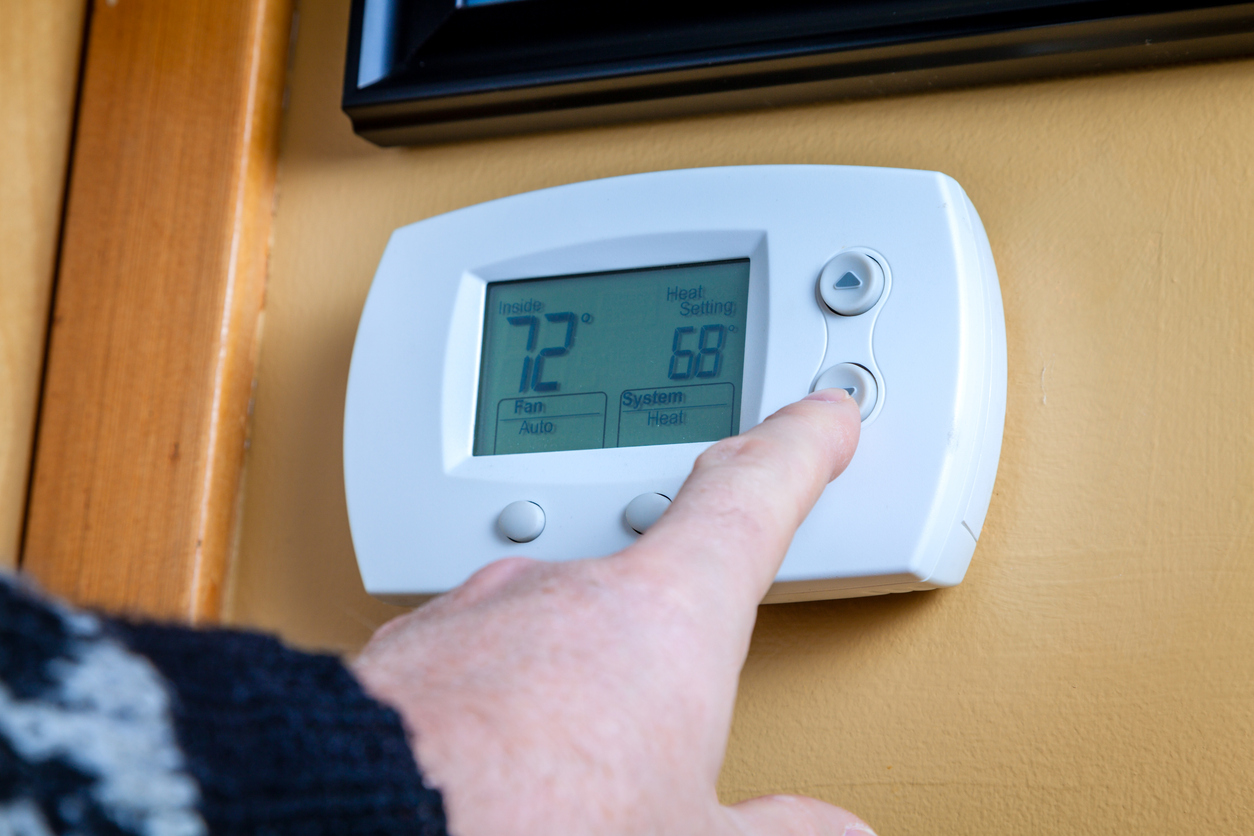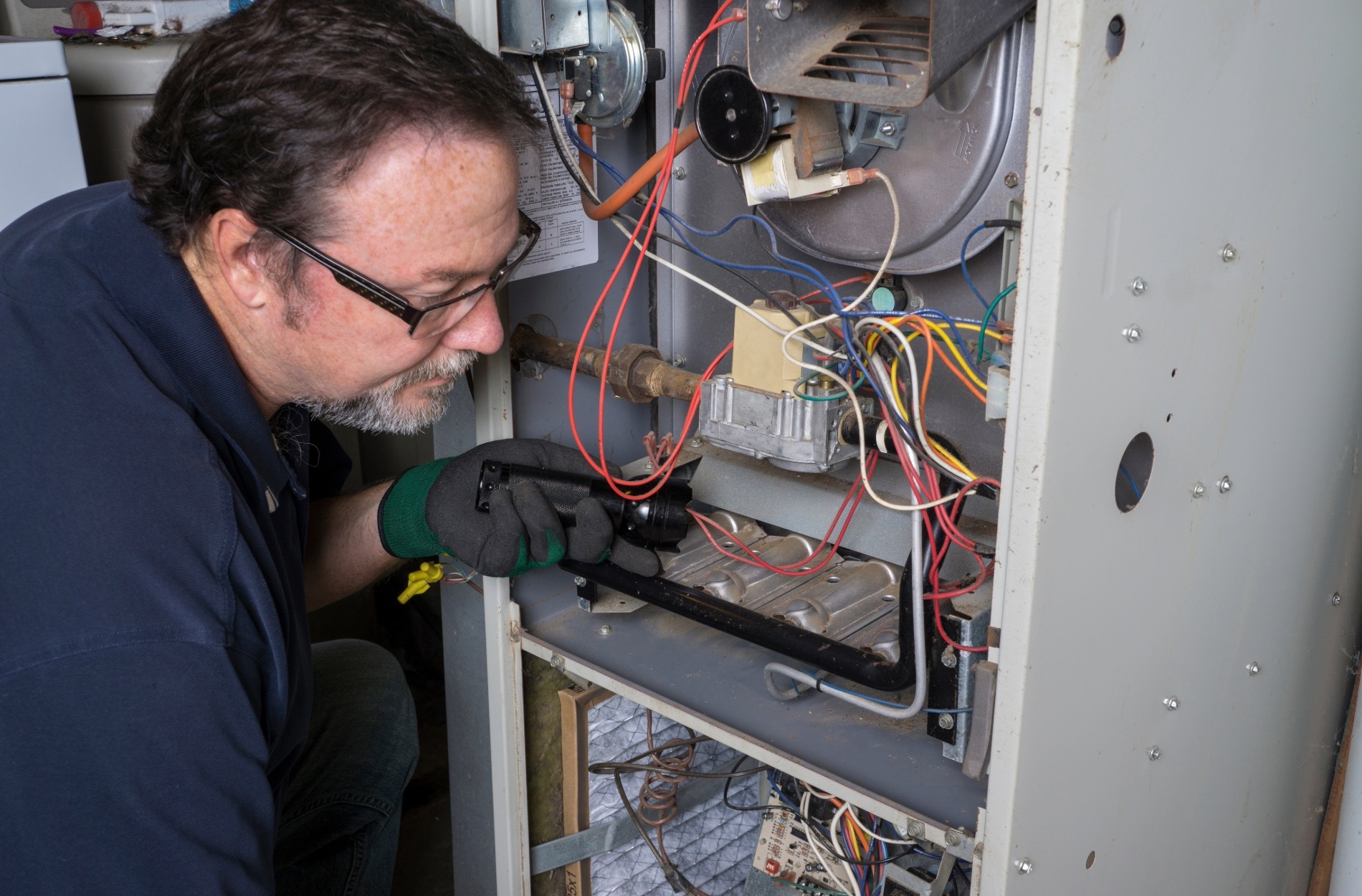Filtration In Roy, UT
Indoor air quality matters in Roy, UT. Between seasonal pollen, wind-blown dust from the Great Salt Lake region, winter inversion events that trap fine particles, and occasional wildfire smoke, homes in Roy face unique airborne challenges year-round. Whole-home and point-of-use filtration systems can cut allergens, dust, and pollutants substantially when chosen and installed correctly. This page explains the main filtration technologies, how to pick the right system for your home size and HVAC compatibility, what installation and maintenance look like, and realistic performance and health benefits for Roy-area households.
Why filtration is important for Roy homes
- Utah winter inversions and local vehicle emissions increase fine particulate (PM2.5) levels indoors when ventilation is limited.
- Spring and early summer bring tree and grass pollen; dry seasons contribute to household dust and outdoor particulates.
- Wildfire smoke events (late summer/fall) can drastically raise indoor particle concentrations.
- Older ductwork or leaky returns common in many homes can circulate dust, pet dander, and insulation fibers.
Effective filtration reduces symptoms for people with allergies or asthma, decreases dust accumulation, and protects HVAC components from premature wear.
Filtration technologies: what each one does
- HEPA (High Efficiency Particulate Air)
- Performance: Captures 99.97% of particles 0.3 microns and larger.
- Best use: Portable/point-of-use purifiers for bedrooms and living areas, or as part of dedicated whole-house modules where HVAC can accept a HEPA cabinet.
- Limitations: HEPA filters do not remove gases or odors; integrating HEPA into existing HVAC requires attention to airflow and static pressure.
- Pleated Media Filters (MERV-rated)
- Performance: Rated by MERV; common residential options range MERV 8–13. Higher MERV captures smaller particles.
- Best use: In-duct, whole-home filtration paired with the furnace/air handler return. MERV 11–13 recommended for allergy sufferers.
- Limitations: Higher MERV increases resistance to airflow; incompatible systems can strain blowers or reduce efficiency.
- Electronic Air Cleaners / Electrostatic Precipitators
- Performance: Charge and collect particles, effective on fine particles without the same static pressure increase as high-MERV media.
- Best use: Whole-home solutions where minimizing airflow restriction is critical.
- Limitations: Require periodic cleaning of collector cells; some models may produce trace ozone—select certified low-ozone units.
- Activated Carbon and Hybrid Systems
- Performance: Carbon capture reduces odors and some volatile organic compounds (VOCs), useful during wildfire smoke or indoor chemical exposures.
- Best use: Combined with particulate filtration for homes in Roy dealing with smoke or indoor odors.
- Limitations: Carbon has finite adsorption capacity and needs periodic replacement.
Choosing the right system for your home
Consider these factors specific to Roy, UT:
- Home layout and square footage (open-plan homes dilute portable purifier effectiveness).
- HVAC compatibility: check blower capacity and current filter slot size; many systems are designed for a MERV 8 filter—upgrading to MERV 13 may require blower/coil clearance and static pressure testing.
- Family health needs: allergy/asthma sufferers typically benefit from HEPA and MERV 11–13 filtration plus carbon if odors or smoke are concerns.
- Local pollutant profile: if wildfire smoke or seasonal inversions are frequent, prioritize fine-particle filtration (HEPA or high-quality electronic cleaners).
- Budget and maintenance willingness: pleated filters are economical but require regular replacement; electronic cleaners have higher upfront cost but low material expense if maintained.
Practical sizing notes:
- For whole-home systems, professionals evaluate return-air capacity and measure static pressure to determine the maximum MERV compatible with your HVAC.
- For point-of-use units, look at CADR (Clean Air Delivery Rate) and choose units that provide 4–6 air changes per hour (ACH) for the target room.
Installation and professional assessment
Typical installation steps for whole-home systems:
- On-site inspection of HVAC equipment and duct layout.
- Static pressure and airflow testing to confirm compatibility with target filter efficiency.
- Determination of placement: in-furnace filter rack, dedicated HEPA cabinet in the supply or return, or electronic collector installation.
- Secure mounting, electrical connections (for electronic units), and commissioning to ensure proper airflow and coverage.
Point-of-use unit setup is straightforward but benefits from placement guidance: central location in the room, away from walls and obstructions, and running on an appropriate fan speed during high-pollution events.
Maintenance schedules and service checks
- Pleated media filters: check monthly; replace every 1–3 months under normal conditions. In Roy, expect shorter intervals during spring pollen or smoke events—often 4–8 weeks.
- HEPA portable units: prefilter cleaning monthly; HEPA cartridge replacement typically every 9–24 months depending on use and pollutant load.
- Electronic air cleaners: clean collector cells every 1–3 months; annual professional inspection recommended to verify ionization levels and clean internal components.
- Activated carbon: replace packs or cartridges according to manufacturer guidance, often every 6–12 months when used frequently for odors or smoke.
- Annual HVAC service check: confirms system can handle chosen filter efficiency, inspects ductwork for leaks, and measures static pressure and airflow to maintain performance.
Regular maintenance preserves filtration efficiency, prevents airflow restriction that raises energy use, and extends the life of your HVAC equipment.
Expected performance and indoor air quality benefits
- HEPA units and high-MERV solutions reduce airborne allergens (pollen, pet dander), dust, and many fine particulates (including much of wildfire smoke). HEPA captures most particles down to 0.3 microns with very high efficiency.
- Proper whole-home filtration reduces dust accumulation on surfaces and mechanical components, which can improve HVAC efficiency and reduce cleaning frequency.
- Many households in Roy report measurable reductions in allergy symptoms and nighttime congestion when moving from basic fiberglass filters to higher-efficiency media or HEPA in sleeping areas.
- Filtration combined with proper ventilation and humidity control produces the most meaningful indoor air quality improvements—filtration removes particulates while ventilation dilutes indoor sources.
Common issues and how they’re addressed
- Reduced airflow after upgrading to higher-MERV filters: mitigated by professional static pressure testing and selecting compatible equipment or using electronic solutions.
- Frequent filter clogging during smoke or pollen seasons: managed by increasing replacement frequency and adding prefilters or portable HEPA units in critical rooms.
- Odors or VOCs not improved by particulate filters: solved by adding activated carbon stages or targeted ventilation.
Long-term benefits and upkeep
Investing in the right filtration strategy for Roy, UT homes means cleaner air, fewer allergy symptoms, less dusting, and a healthier living environment during inversion and wildfire seasons. Routine maintenance—filter checks, cleaning electronic cells, and annual HVAC inspections—keeps systems operating efficiently and preserves indoor air quality gains over time.
If you’re evaluating filtration upgrades for a Roy home, focus on matching filter efficiency to system capability and local pollutants: MERV 8–11 for general dust control, MERV 11–13 or HEPA for allergy and smoke protection, and activated carbon for odors and VOCs. Regular maintenance tailored to seasonal air quality will ensure consistent performance.

Optimus Financing
Get flexible financing for your Luna Heating & Air upgrade with Optimus. Apply today and see how easy and affordable it is to bring year-round comfort to your home.


Blog
.png)

Save Money with Energy Efficient HVAC Systems Today!




.avif)
